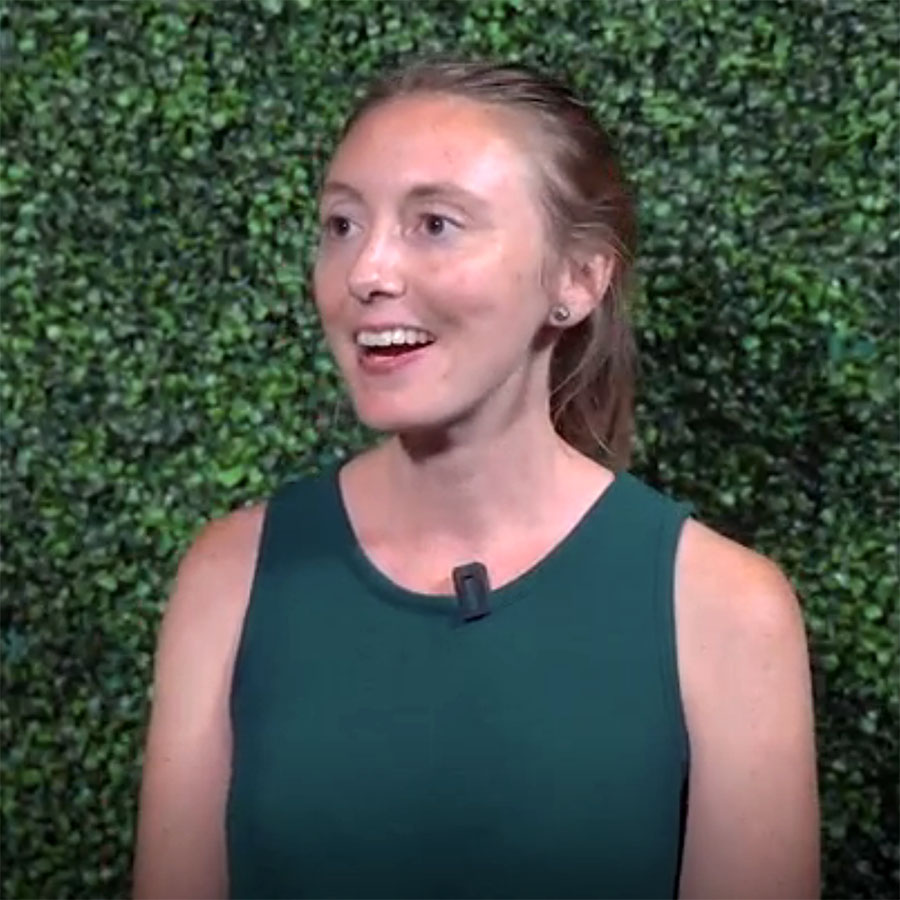The economic and social costs of home flooding can be considerable, for homeowners and their communities. Some municipalities have or are launching flood relief incentive programs to help fund the cost of home flood relief systems, such as the installation of an overhead sewer, a measure taken to readjust a home’s plumbing system to be more resilient to sewer back-ups.
CNT researched these programs in Cook County, Illinois, where urban flooding is prevalent and 82% of the county’s one million residential properties are vulnerable to flooding from sewer back-up or water seepage.
For this survey, CNT researchers reviewed the websites of all Cook County municipalities and searched for information on flood relief incentive programs. Yearly program budget allocations were determined from the most recent budget available online for ten municipalities that specified money allocated to the program. Because many cities offer more than one program, twenty-eight programs were surveyed in total.
Over the past decade, many of Cook County’s 134 municipalities launched programs to help combat the chronic home flooding of private properties. As of 2014, twenty-three municipalities (17%) offer flood relief incentive programs for homeowners. These cities will typically offerfunding to cover a specified percentage of the total cost of a flood relief measure up to a maximum dollar amount. For example, in 2014 the city of Northbrook will cover 50% of the expense of a home overhead sewer system installation up to $5,000 maximum.
These programs help shoulder the cost of flood relief measures for homeowners, keep property values high, maintain the community’s reputation as a desirable place to live, and deter the potential stigma of becoming a “flood community.”

Key points emerging from this research:
1. Cities spend $90,000 annually, on average, on flood-relief for homeowners. Municipal budgets range from $10,500 in Harwood Heights, enough to pay $1,500 to seven homeowners wishing to install overhead sewers, to $200,000 per year for two flood-relief programs in the city of Des Plaines. Des Plaines experiences severe riverine flooding, and in 2014 the city allocated money for 500 sewer lateral cleanings and 75 home flood control measurements, including overhead sewers, foundation crack repair, and flood wall construction. These kinds of annual expenditures add up. The city of Arlington Heights, for example, started their program in 2007 with an annual budget of $125,000. Since, they have paid 128 rebates for a total cost of $593,600.
2. Most programs (82%) are focused on reducing sewer backups in the basement. The sewer systems of Cook County are comprised of both combined and separated sanitary sewer areas, both of which may malfunction in heavy rain events by “backing up” water and sewage into the home during a heavy rain event. Eighteen of the twenty-eight programs surveyed covered overhead sewer installation. Ten programs covered backflow prevention devices. These two types of measures received the highest funds, with an average subsidy of about $4,000 per home across all programs.
Other programs provided protection against the two other primary types of flooding- seepage, when water enters the home via a cracked foundation, floors, or walls, and overland flooding, when water flows into the home above ground. Of the six programs that provided protection from seepage, four covered work done on the home’s foundation and two helped fund the cost of planting rain gardens to help infiltrate and absorb stormwater. About a quarter of the programs provided funds for protection from overland flooding, covering the costs of measures such as site re-grading, drain tile installation, floodwater barriers, and rain barrels.
3. Yard-scale and natural solutions are not part of the mix. Despite the affordability and benefits of yard improvements, such as re-grading to take stormwater away from the building foundation and the use of rain gardens to capture this runoff, only three municipalities subsidize these types of improvements. Unlike backwater values or overhead sewer pumps, these nature-based solutions have the added benefit of absorbing stormwater run-off, reducing its flow onto neighboring properties. Only the communities of Palatine and Glenview provide rebates for the cost of a home rain garden as well as information on designing, siting, and planting gardens.
4. Flooding triggers cost-share relief. In April 2013, a severe storm overwhelmed Chicago and its suburbs with total rainfall exceeding five inches in one day. Although some programs have been running for a while, most started in 2013, probably in response to the severe spring 2013 flooding.
5. Wealthier communities offer more benefits. Although flooding affects homeowners across Cook County, wealthier communities are more likely to offer flood relief incentive programs, and allocate more money for flood relief. The median household income for communities with programs is $25,000 greater than the average median income for Cook County as a whole. Additionally, wealthier cities are typically able to allocate more money per household for flood-relief measures. Barrington (median household income $106,121) offers up to $7,500 per home, whereas Schiller Park (median household income $41,862) offers up to $1,000 per home.





 Strengthening Transit Through Community Partnerships
Strengthening Transit Through Community Partnerships